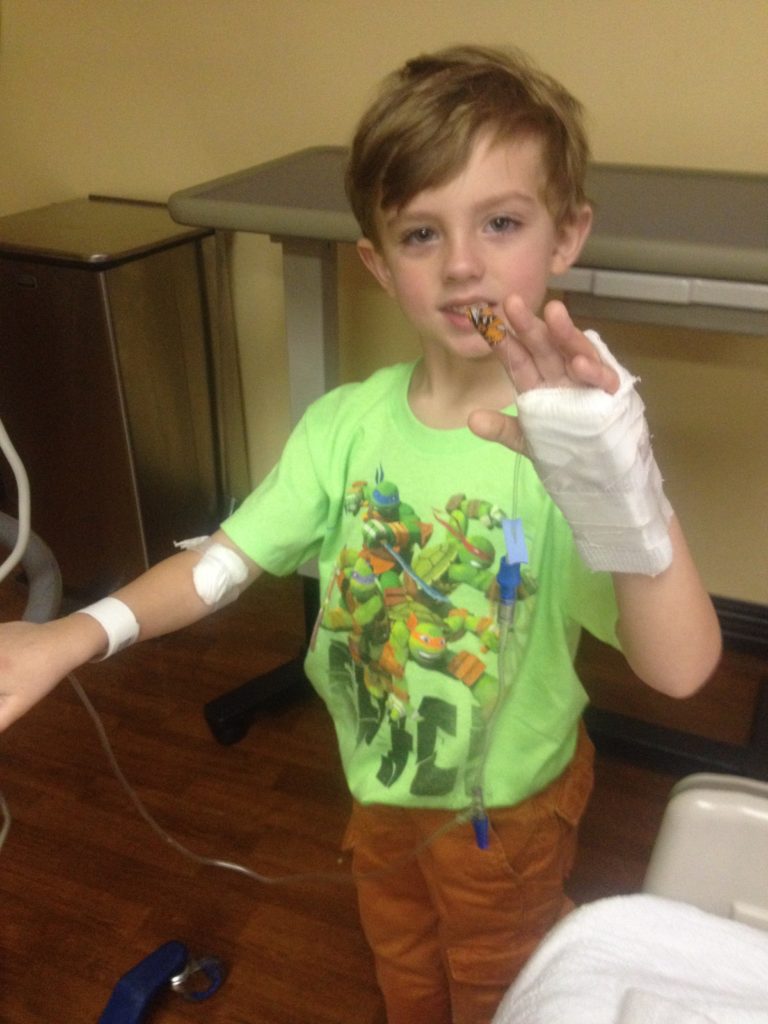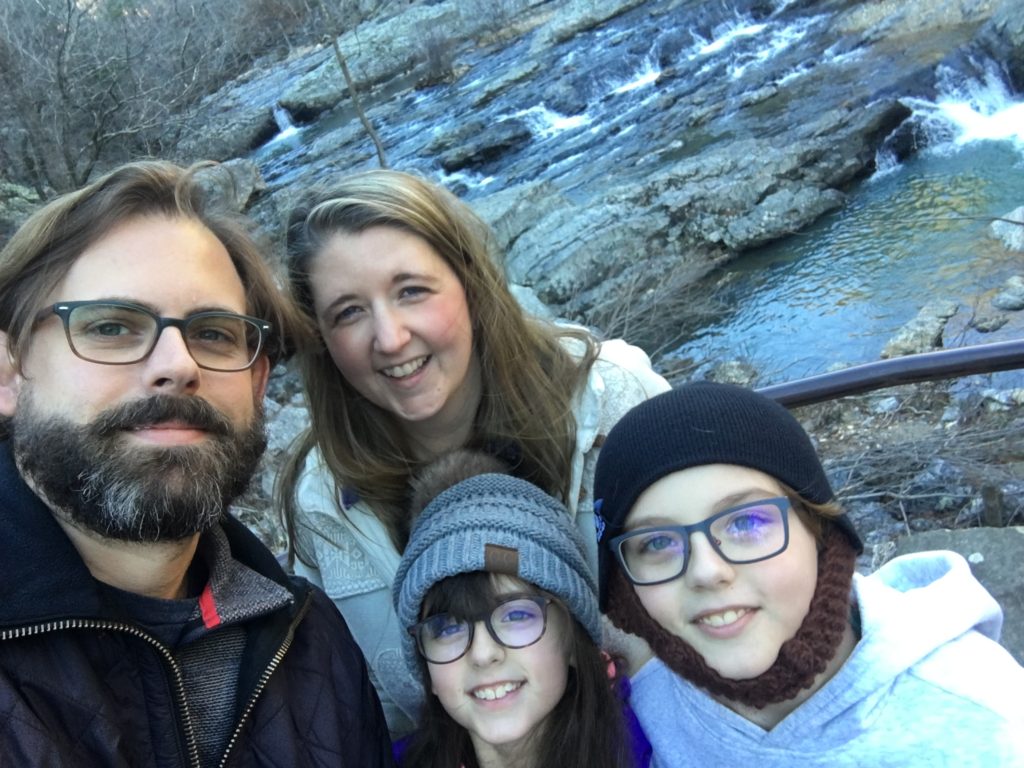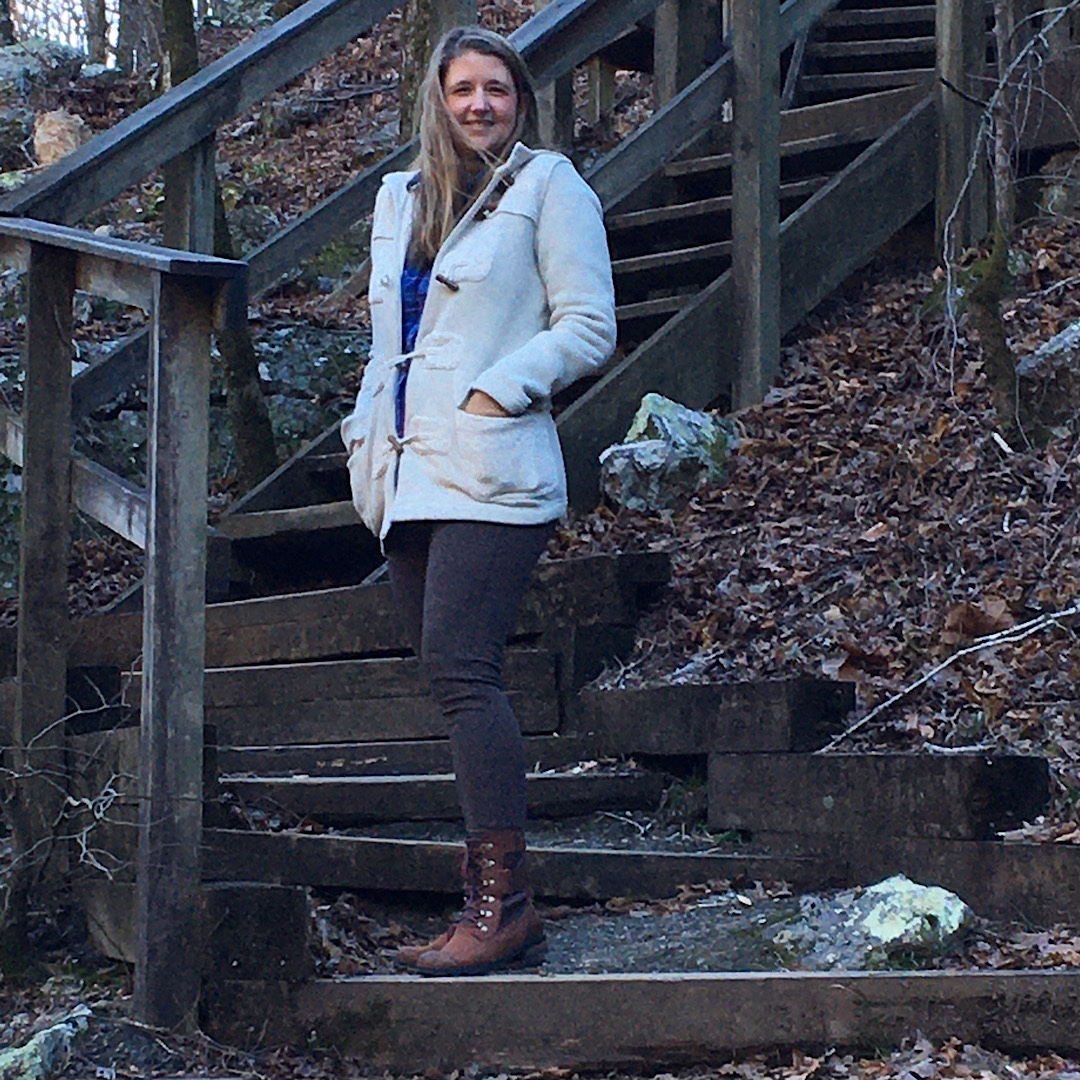“Surely the arm of the Lord is not too short to save nor his ear too dull to hear.” Isaiah 59:1

The year 2021 marks seven years that Hugh has lived with Type 1 Diabetes.
As I sit here and type this, in the dark hours of the early morning, I have already stopped once to wake Hugh up and make him drink a juice box. I look at his sleeping face, his soft snores still like a child’s, but his long arms and limbs telling me he won’t be a child much longer – and I feel myself falling. Falling back into the pit of fear that holds me hostage so often. How can I take care of him as he grows older? What’s going to happen when he becomes a teenager? How will he ever go to college and care for himself? What if something happens to him?
The pit is deep and scary, but I know it well. Sometimes I feel like I’ve been living in that pit for seven years.
Seven years of living with fear.
Seven years of watching my son live a life he did not choose.
Seven years of my asking, begging, pleading with God to give it to me – let me take the burden of Type 1 Diabetes and allow my child to go free.
Seven years of reaching up, clawing my way out of a pit to a God who seems just beyond my fingertips – a God who can’t save me because my pit is too deep.
“Save my son, Lord” I cry out in desperation – on nights when it’s dark and lonely. Nights when Hugh’s blood sugar drops dangerously low and my heart stops beating for a few minutes.
“Save him,” I demand as I sit on the end of his bed, pricking his fingers over and over until I see the numbers on the meter slowly start to rise.
“Save me,” I beg as I slip under the covers next to Hugh, his dreamy sigh letting me know his body has relaxed. He can return to a peaceful sleep while I stay awake and watch his numbers for a little longer.
But it seems like God is just out of reach – I can see Him from the depth of my despair and I am stretching up to Him, but His hands can’t quite touch mine. I stand on my tiptoes, I jump, I climb. I clench my teeth and square my jaw – my sheer determination and despair for my son keep me reaching. I can’t stay in the pit.
I call out to Him, over and over. “I’m here, God! Help me! Save me from my fear and my anger. Save me from the bitterness that creeps into my heart. Save me because I am so mad that my son, out of all the sons, has to have this forced upon him. He doesn’t deserve this. Save me, Lord!”
I can see God’s arms – he’s reaching down to me. But I am too far away. Too far in the fear and the anger. He can’t save me.
His arms can’t reach me.
But then I catch a glimpse of something else – I see other arms. They are attaching themselves to the arm of God and they are forming a chain of arms intertwining, tangling, stretching all the way down into the pit – all the way down to me.
“I’ve been praying for you and Hugh,” she tells me as we stand in a fast food line both ordering Kids Meals for our little ones. I haven’t seen her in years, but she had heard about Hugh’s recent diagnosis. “How is he doing?” she asks. “I know it must be so hard. I’ll keep praying for you.” I look away quickly so she won’t see the tears stinging my eyes. How did she know that I could not pray? How did she know that I so desperately needed to hear those words that day?
“Here’s my cell number,” she hands me a slip of paper. “You call me anytime. I remember when my daughter was first diagnosed. It was really hard – so I’m here to help.” And I call, over and over, simply to hear those words of hope that I cannot manage to find myself.
“I want you to know I will do everything in my power to keep Hugh safe at school. He’s going to have a great year,” she writes in an email – her words a salve to my anxious soul. Her dedication and commitment lighting a tiny flame that Hugh will be able to go to school and be ok.
The arms keep coming – an offer of a night off, a hug, a coffee date, a card in the mail, a friendship formed. And soon the arms are with me – in my pit of fear. And they are grabbing me and holding me tight, lifting me up to the sunlight. And finally, finally I feel myself being wrapped in the arms of God. The arms that are never too short to save.
Not when they are intertwined with our arms and our hands and our feet.
I leave the pit behind me, choosing to walk into the arms of the One who has been reaching for me all along. I know this morning won’t be the last time I fall into the pit. Sometimes it sneaks up on me, sometimes I choose to jump in – feet first and with all the anger and righteousness a mother can have.
Sometimes the pit of fear is easier than reaching for the arms.
If I have learned anything in these seven years, though, it’s this – The pit will always be there. The pit of fear or anger or selfishness or bitterness – the pit of unfairness or jealousy or rage. We all have one. And we may be in it quite often. But as long as the pit is there, so are the arms.

Dear Friends, – if you are in your pit, all you have to do is look up. And, friends, if you are out of your pit, attach yourself to the arms of God and reach down.
